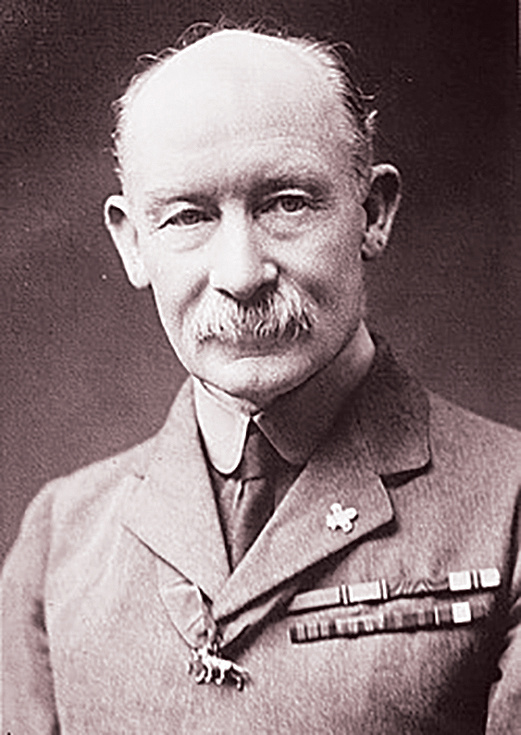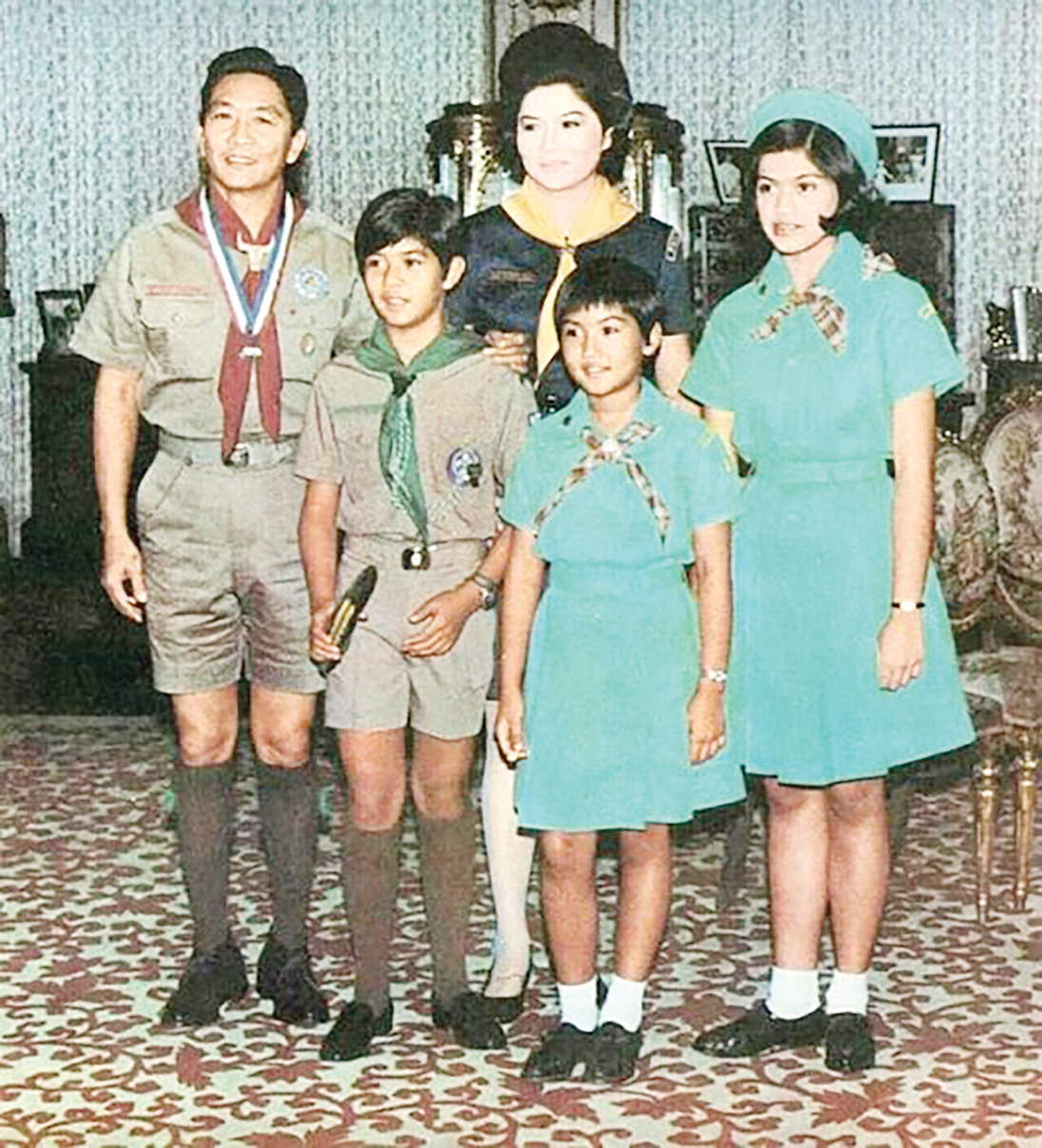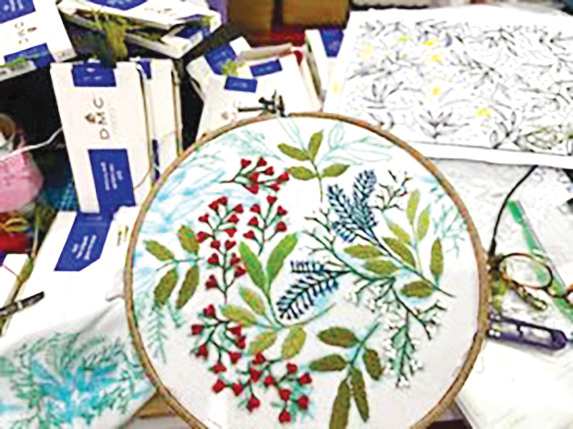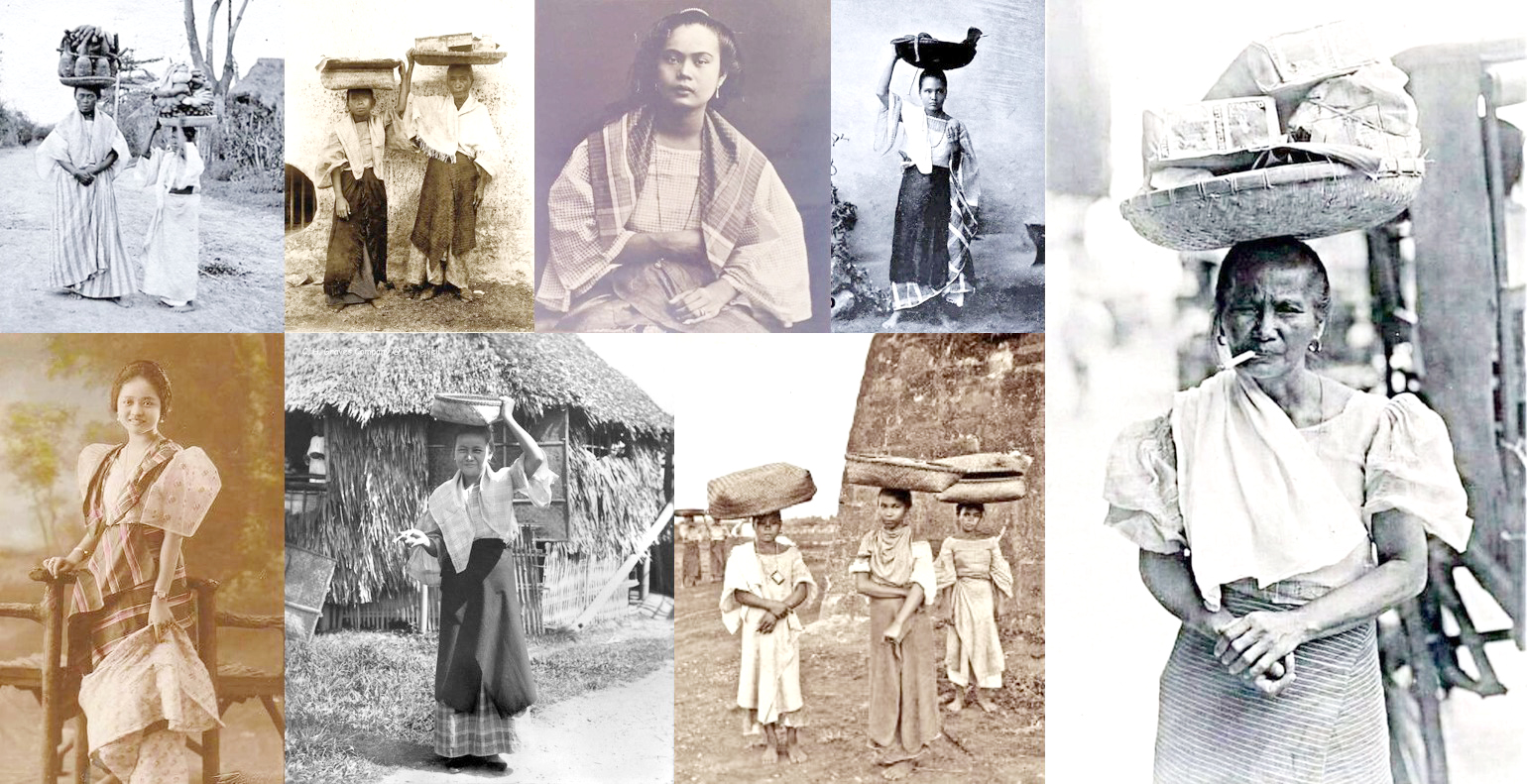The most powerful man in the Philippines is a Boy Scout
The cultural significance of being a scout
At A Glance
- As I continued to catalogue the photographs found in my uncle's old home in San Juan, I came across photos of the family in Boy Scout and Girl Scout gear with matching neckerchiefs.
When I was in grade 7, I remember watching my English teacher as she was writing a sentence structure diagram on the chalkboard.
She paused frozen, then slowly turning to face us as if something had just occurred to her, she declared, “If you want to learn grammar, the best way to do it is to read romance novels.” She then mentioned the name of the publisher of romantic fiction quite familiar to me as I remember seeing closets full of them hidden in my older sister Milette’s walk-in dresser. This moment really changed my life. It got me started on reading.
From romance novels, I moved on to other literary genres and began a journey that saw me reading for the joy of it.
But first, now in Milette’s dressing room, I was in front of hundreds of books to choose from. I had sneaked into my sister’s room and crouched low to get to her hidden stash, which were lined up in piles underneath her dresses.
Some of the images on the covers, I must say, had to remain hidden away from the prying eyes of our parents! I saw the books that had the series name mentioned by my teacher but noticed another. The books looked much older, and it had the photo of the author with her pet Pekingese whose name I later found was Tiwi-Tiwi.

SCOUT'S HONOR General Robert Baden- Powell, founder of the Scouting Movement (b 1857-d 1941)
The author’s name was Barbara Cartland, the mother of Princess Diana’s stepmother Raine Cartland. A bestselling author, she wrote books primarily set during the Victorian and Edwardian periods. Admittedly, I learned so much about history when presented in novelized or K-drama form.
The statement, “Horses sweat, men perspire, and women get dewey” reoccurs in many of Barbara Cartland’s novels. I was intrigued then. Do English women not sweat? It must be the cold or maybe they just didn’t move around as much as the men and women I see in old Philippine photographs during the same time period. In fact, a piece of everyday wear (most commonly seen among the lower class), the “alampay” was used to wipe off sweat for both men and women.

ALL IN THE FAMILY The first family don the Scout uniform
Gino Gonzalez and Mark Lewis Higgins describe the alampay in their book Fashionable Filipinas as a standard piece of Spanish period dress, “a large square cloth worn as a head covering or thrown over the shoulder.” Similarly, Stephenee Coo in her book Clothing the Colony describes it “as a type of kerchief worn over the baro and draped loosely around the shoulders to wipe off sweat.”
In today’s world of high rises so dependent on air-conditioning, the need for the alampay has been relegated to its decorative version or cousin (depending on who you read), the panuelo, which is only used for Filipiniana-themed occasions.
Recently, I have rediscovered its original purpose as I go to the gym to fight off the weight gain of menopause and to wipe the sweat off my brow as I go through the monumental task of saving my uncle the late President Ferdinand E. Marcos’ books, photos, audio reels, personal effects, and other memorabilia. In recent days, on account of the typhoon that carries rains and strong winds, I also use the alampay to ward off the draft and chill.

EMBELLISHING THE ALAMPAY Author's border for her modern-day alampay
In old photographs and illustrations, the alampay is depicted as just plain, sometimes checkered, sometimes bordered. I’ve decided to personalize my alampays by embroidering the edges so when, loosely worn on my shoulders, they have a little decorative edge to brighten the day. For someone whose face has on numerous occasions been described as a “resting B*$#^ face,” it helps to have something to soften this misimpression.
As I continued to catalog the photographs found in my uncle’s old home in San Juan, I came across photos of the family in Boy Scout and Girl Scout gear with matching neckerchiefs. Researching on its actual function, after reading a comment of a scout lamenting the requirement to wear one in today’s social media age (apparently, he found it uncool to wear one), I learned that the scout’s neckerchief is worn for various other reasons than as a decorative piece. Lord Baden-Powell, who started the Boys Scout Movement, said in his book Scouting for Boys that a uniform should be “comfortable, serviceable, and offer good protection against the weather.” The neckerchief certainly does that and more! It could be used in first aid “as a splint, a sling, a bandage....” Much like the shields used by knights in the olden days to identify friend and foe, it also showcases one’s family’s achievements, allegiance, and history as much as one’s own. “Neckerchiefs are a representation of your troop’s honor and by extension, your own honor,” wrote Baden-Powell. Nowadays, whether as an individual, organization, family, institution, or nation, we can use other symbols to represent our allegiance, ideals, and loyalty.

MASTER STORYTELLER Barbara Cartland with her Pekingese Tiwi-Tiwi (Bantam Books)
On the matter of the photos I unearthed of my uncle and his family all dressed in Scout uniform, I found out he was given the Gawad Tanglaw ng Kabataan award during the First National Scouting Conference on May 24, 1977.
“I have received many awards in my time, but this is an award I will always be proud of. It has been said by the wise that one of the burdens of leadership, which leaders often forget, is their responsibility to assure the continuity of the ideals and principles for which they have been fighting through their lifetime,” said Marcos in his remarks upon receiving the award. “In many instances, in the hurry and scurry of daily work, in the routine of official duty, one forgets that the future is fast approaching—the day when you must step aside and allow the younger generation to take over. If the continuity of our nation on the basis of ideals, principles, and objectives is to be assured and guaranteed, there must be a conscious and deliberate effort to develop among the young the same character of love of country, the same character of nobility, the same character of dedication and patriotism, the same character of unselfishness and self-abnegation, which characterized all the heroes of the past. And therefore, it is not just a visionary’s dream but a pragmatic solution to this responsibility that when I think of scouting, I think in terms of the development of the character of the young.”

PINAYS WITH ALAMPAYS Old Philippine photographs capturing scenes of everyday life on the islands. In photo street vendors with alampays draped loosely over their shoulders
The Boys Scout of the Philippines (BSP) was created by the signing of Commonwealth Act 111 by President Manuel L. Quezon. In 1974, President Ferdinand E. Marcos amended CA 111 by signing Presidential Decree 460, making the BSP a truly Filipino entity independent from the Boys Scouts of America. In 1992, President Corazon C. Aquino signed Republic Act 7278 making the President of the Republic of the Philippines the Chief Scout of the Boy Scouts of the Philippines.